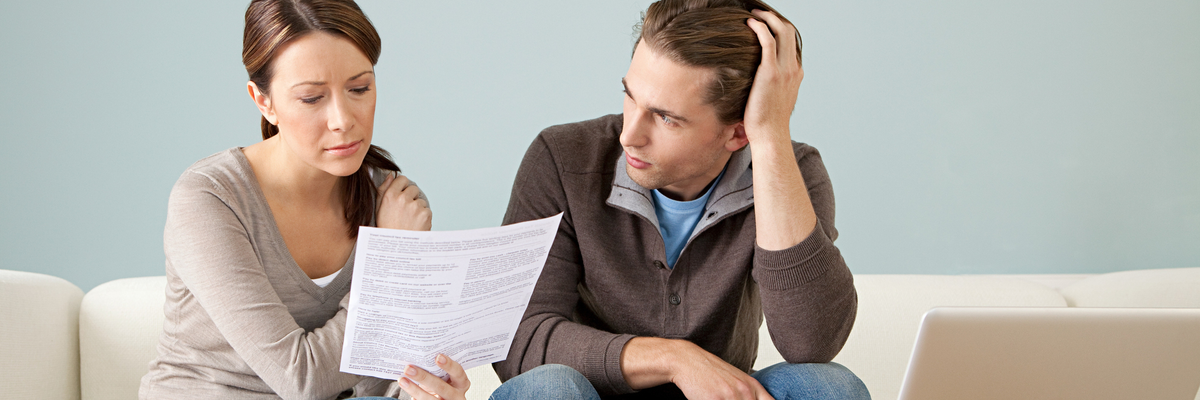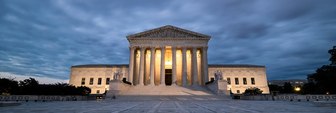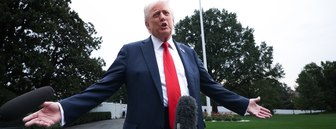The US employment rate has fluctuated significantly this year as the nation’s economy was shuttered in response to the coronavirus pandemic. A YouGov analysis shows that most Americans (73%) cannot accurately identify the most recent unemployment rate — but that’s also nothing new.
The US unemployment rate dropped to 8.4 percent in August, a reprieve from months of double-digit unemployment as millions of Americans were left jobless amid COVID-19 shutdowns. The latest Economist/YouGov Poll, conducted September 6 – 8, shows that about one-quarter (27%) of Americans can pinpoint that the current unemployment rate is between 8 percent and 10 percent.
One-third (32%) of Americans guessed the current unemployment rate as higher than official statistics, and about one in five (19%) estimated it as lower. That matches a trend in recent months — a plurality of America has perceived the unemployment rate as higher than Bureau of Labor Statistics numbers indicate, and a slightly smaller number of Americans can identify the correct range when compared to pre-pandemic times.
America's unemployment rate was steadily low in January (3.6% unemployment) and February (3.5% unemployment). Following those months, about one-third of Americans (34% and 36%) could correctly identify the unemployment rate as “Less than 4%.” About two-thirds (66% and 64%) of Americans could not identify the nation’s unemployment rate, even when it was steady.
By April, Americans began to anticipate the impact of COVID-19 on the economy and jobs. Though the reported unemployment rate for March was 4.4 percent, three in five (61%) Americans responded with a higher range on the subsequent Economist/YouGov Poll. In May and onward, The Economist/YouGov Poll expanded its scale to account for the increasing unemployment numbers — while the scale prior to April stopped at “More than 8%,” the new scale went to “More than 15%.”
In May, Americans were reacting to the unemployment rate of 14.7 percent — which the Bureau of Labor Statistics called the “highest rate and the largest over-the-month increase in the history of the data.” About one-quarter (26%) selected the correct range on the Economist/YouGov Poll, while one-third (33%) thought it was higher. Three in 10 Americans (31%) selected the correct range in June, and about a quarter picked the right range in July (26%) and August (24%).
Data from The Economist and YouGov also indicates that Democrats (41%) are especially likely to estimate the unemployment rate as higher than it actually is. Republicans (26%) are slightly more likely than Americans overall (19%) to say the unemployment rate is lower than reported.
One possible reason why Americans are overestimating the monthly unemployment numbers is because they do not trust them. Half of Americans (51%) believe there are more unemployed people than the government numbers show. Only about one-quarter of Americans (23%) believe the government’s numbers are accurate with Republicans (37%) being more likely than Democrats (21%) and Independents (14%) to believe them.
See the toplines and crosstabs from this week’s Economist/YouGov Poll
Methodology: The Economist survey was conducted by YouGov using a nationally representative sample of 1,500 U.S. adult citizens interviewed online between September 6 - 8, 2020. This sample was weighted according to gender, age, race, and education based on the American Community Survey, conducted by the US Bureau of the Census, as well as 2016 Presidential vote, registration status, geographic region, and news interest. Respondents were selected from YouGov’s opt-in panel to be representative of all US citizens. The margin of error is approximately 3.4% for the overall sample.
Image: Getty












